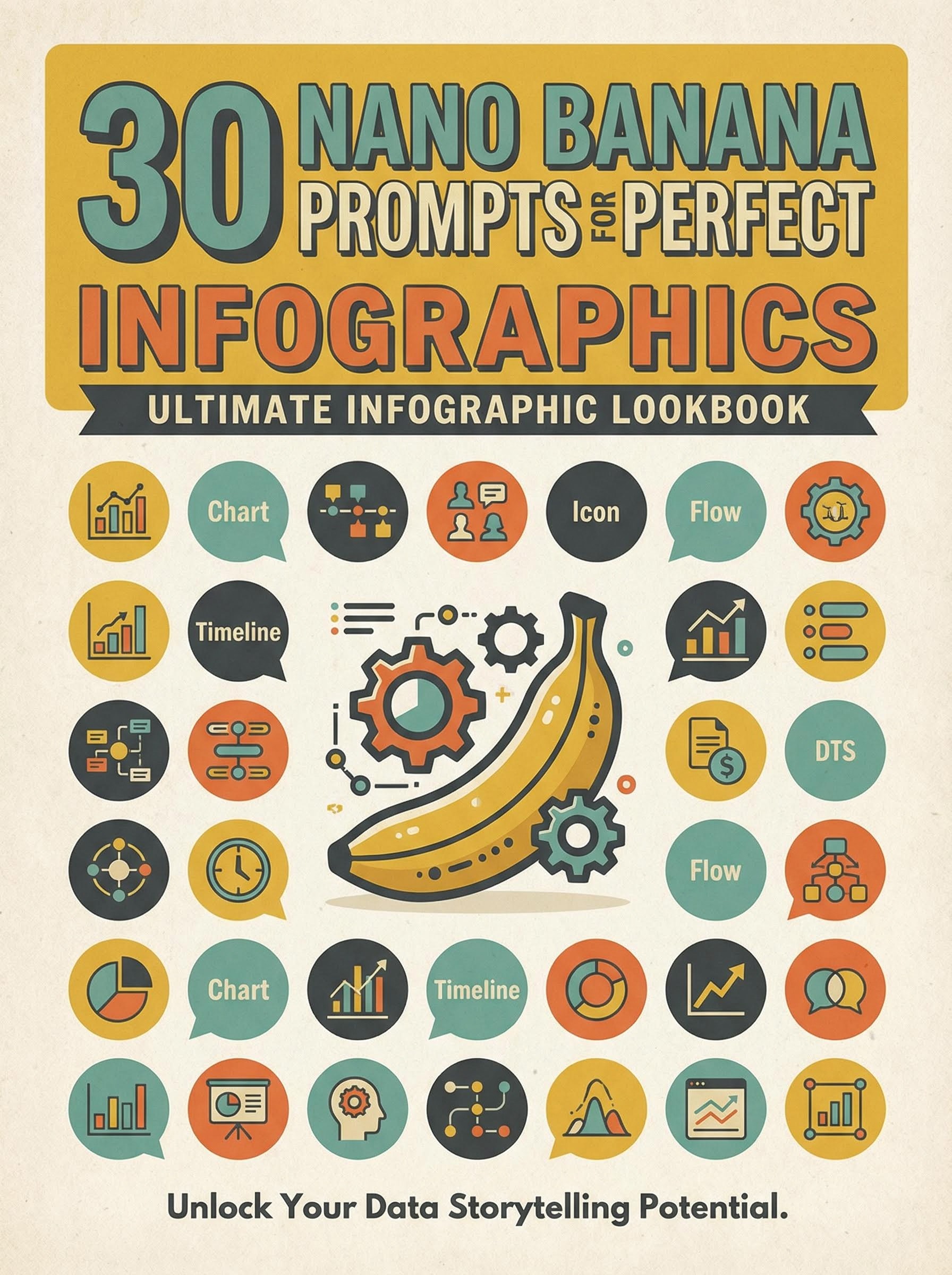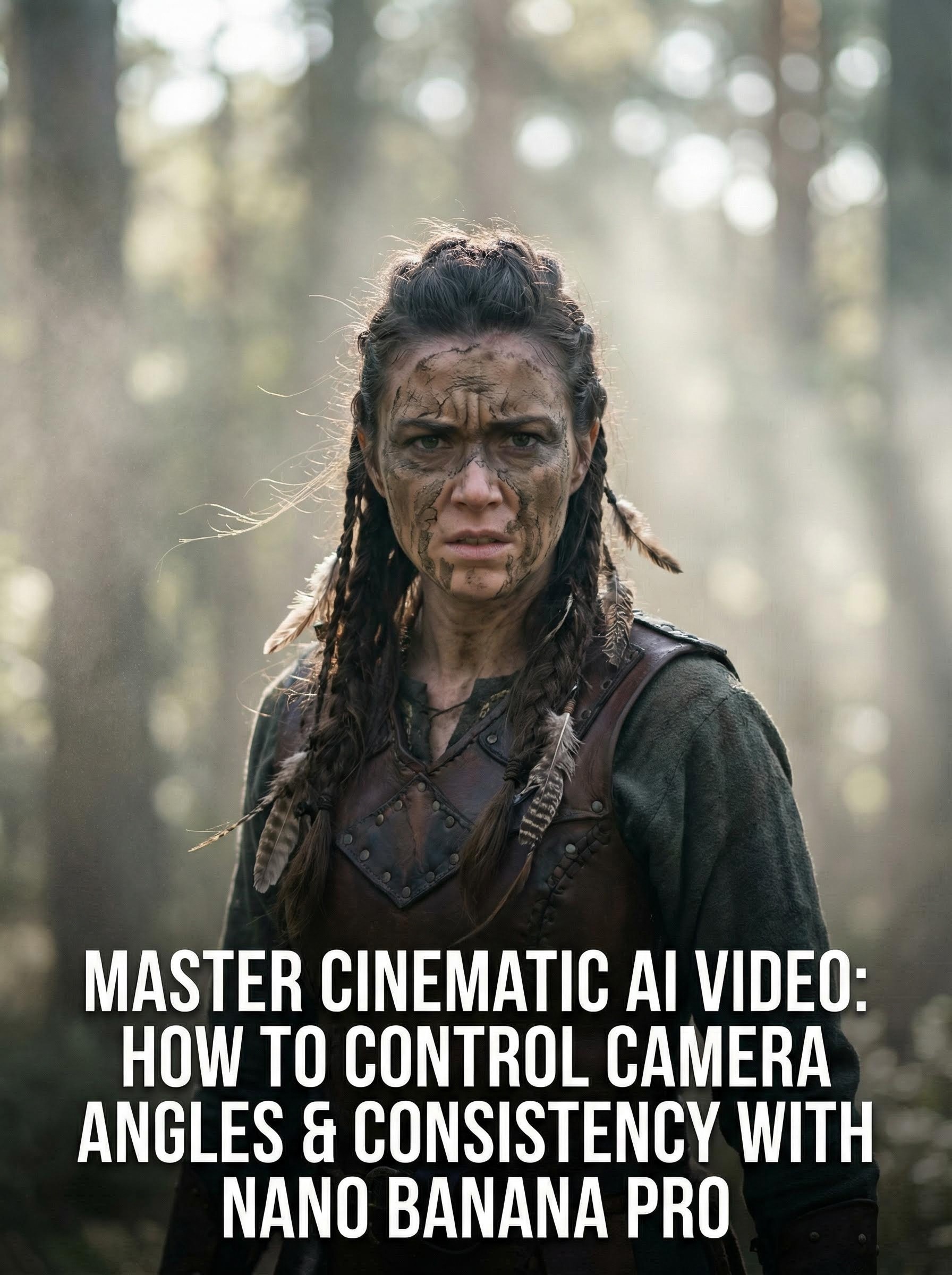
In the rapidly evolving world of artificial intelligence, Luma AI has once again pushed the boundaries with the launch of Ray 3, the world's first reasoning video model. Designed to tell stories through intelligent visuals, Ray 3 introduces groundbreaking features like state-of-the-art physics simulation, visual reasoning, and high-fidelity 16-bit HDR output. If you're a content creator, filmmaker, or AI enthusiast searching for "Luma AI Ray 3 features" or "best AI video generator 2025," this comprehensive guide will explore everything you need to know about this innovative tool, including its capabilities, integrations, and real-world examples.
What is Luma AI Ray 3?
Luma AI's Ray 3 is an advanced AI video model that goes beyond traditional text-to-video generation. Released on September 18, 2025, it stands out as the first video AI capable of "thinking" and reasoning in visuals, allowing it to handle complex action sequences with greater realism and control. Unlike previous models, Ray 3 can interpret prompts more intuitively, including sketches or "fall drawings" (rough doodles), to create high-quality videos up to 10 seconds long.
This model is part of Luma AI's Dream Machine ecosystem and is available on their official platform. It's particularly exciting for professionals in film and VFX, as it's the first to produce videos in true 10-, 12-, and 16-bit HDR ACES2065-1 EXR format, making it suitable for high-end production workflows.
Key Features of Luma AI Ray 3
Ray 3 is packed with features that make it a game-changer for AI video creation. Here's a breakdown:
Visual Reasoning and Intelligence: Ray 3 can "reason" about scenes, ensuring consistent physics, character movements, and storytelling. For instance, it handles dynamic motions like fights or flights with impressive accuracy.
HDR and High-Fidelity Output: As the first model to generate studio-grade HDR videos, it supports 4K resolutions and EXR formats, which is ideal for professional editing.
Draft Mode for Rapid Iteration: A new feature allows quick, low-res previews before final high-quality renders, speeding up the creative process.
Multi-Input Support: Generate videos from text prompts, images, or even sketches, making it accessible for artists who prefer visual inputs over detailed descriptions.
Advanced Physics Simulation: From muscle details in characters to fluid movements like fur or water, Ray 3 excels in realistic simulations.
For those querying "Luma AI Ray 3 vs Dream Machine," Ray 3 builds on previous versions with enhanced reasoning, setting it apart in consistency and complexity.
Why Ray 3 is a Game-Changer for AI Video in 2025
Luma AI Ray 3 isn't just another video generator; it's a leap toward intelligent, reasoning-based AI that democratizes high-end video production. With its focus on physics, HDR, and creative flexibility, it's poised to dominate searches like "top AI video tools 2025." Whether you're creating short films, ads, or social content, Ray 3 unlocks new possibilities.















